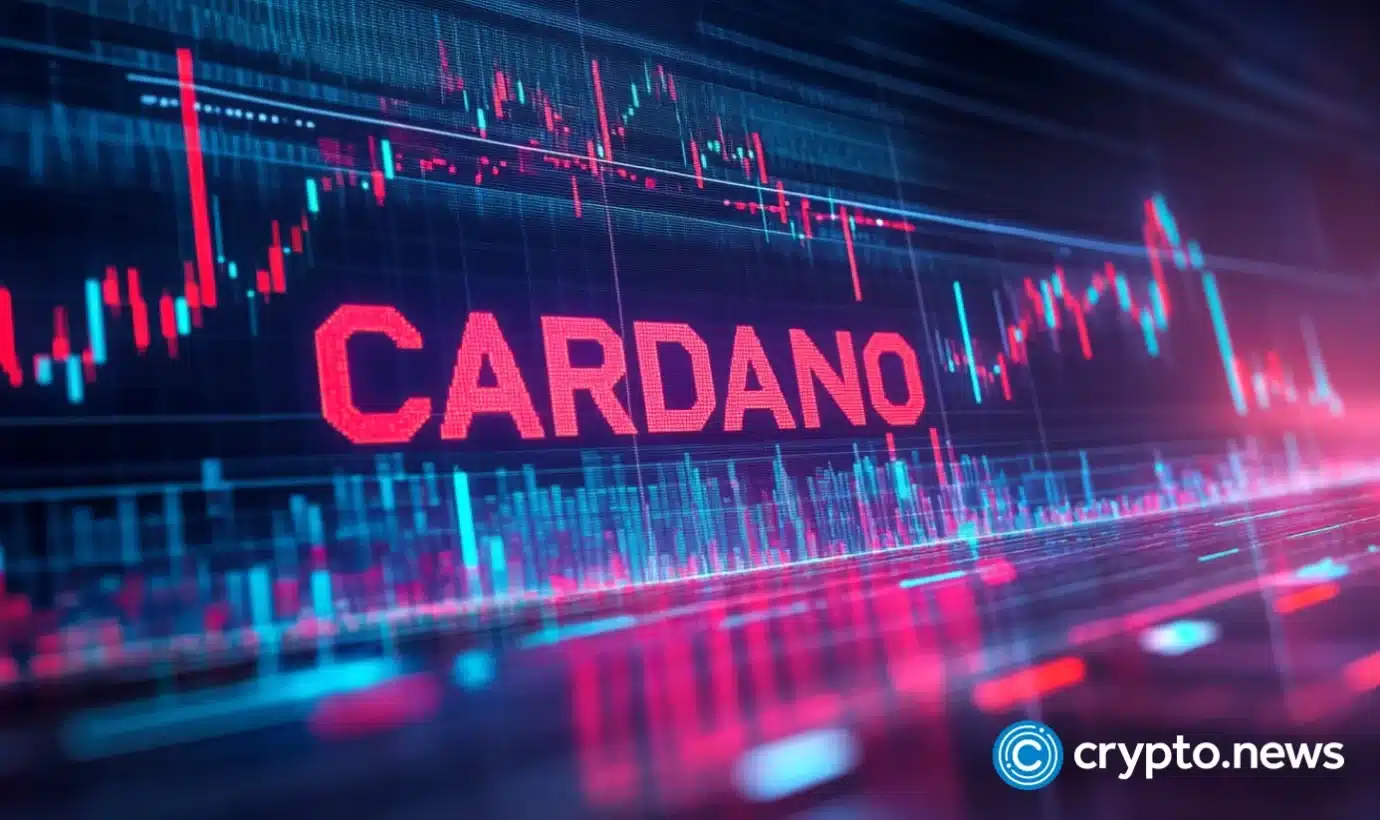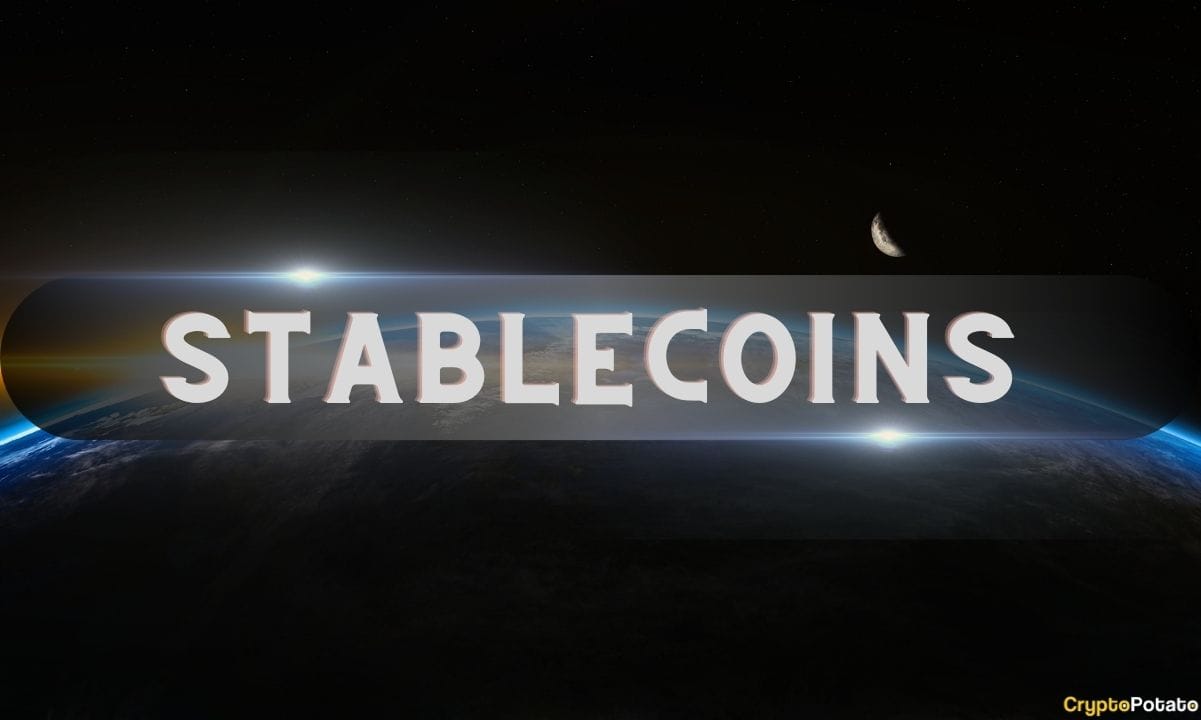Disclosure: The views and opinions expressed here belong solely to the author and do not represent the views and opinions of crypto.news’ editorial.
This is a follow-up interview to a three-part series of interviews with William Quigley, a cryptocurrency and blockchain investor and co-founder of WAX and Tether, which Selva Ozelli, Esq, CPA, Author of Sustainably Investing in Digital Assets Globally, initially conducted in 2024 exclusively for Crypto.news. Part One is about Sam Bankman-Fried’s and Changpeng Zhao’s prison sentences. Part Two is about cryptocurrency and banking. Part Three is about the future of NFTs.
Summary
- The GENIUS Act, signed by President Trump on July 18, establishes a new era of oversight.
- While it doesn’t require blockchain, the Act sets reserve, redemption, and compliance rules that could reshape global finance and let foreign issuers like Tether operate under strict conditions.
- William Quigley emphasizes that tokenization of the global financial system may still be slowed, as the Act enables traditional finance systems to mimic stablecoins without using blockchain.
- Quigley anticipates corporate finance departments of multinationals will increasingly explore stablecoin issuance, which could boost blockchain adoption indirectly.
- However, complex tax implications and a lack of mandatory blockchain use may limit stablecoin efficiency for global payments and slow progress toward full financial tokenization.
In this follow-up interview, Selva Ozelli asks industry thought leader William Quigley about the impact of the Guiding and Establishing National Innovation for U.S. Stablecoins (GENIUS) Act, which President Donald Trump signed into law on July 18, making it the first federal law to regulate USD-backed non-yield-bearing stablecoins. Approved by Congress, resulting in the longest vote on record on Thursday, July 17, the bill’s passage saw the digital asset industry assets surge past a $4 trillion market capitalization for the first time. The GENIUS Act, a giant step to cement the United States’ dominance of global finance and digital asset technology, imposes Federal and State oversight on USD-backed stablecoins, reserve requirements, foreign stablecoin issuers, and penalties for non-compliance, transforming realms of finance forever and making President Trump the de facto crypto president of our Nation.
But will the GENUIS Act kick-start a speedy tokenization of the global financial markets? Here is what William Quigley had to say in the following full Q&A below:
Selva Ozelli: What are your thoughts on the GENIUS Act in regard to how it may promote the tokenization of the global financial system, a topic which we discussed in Part Two of your interview series for Crypto.news in 2024?
William Quigley: The GENIUS Act has been long overdue and much needed for the tokenization of the global financial system, which includes stablecoin issuance for USD payments that will strengthen the use of USD around the world. But the Act primarily focuses on regulating the issuance and management of stablecoins, regardless of whether they are built on a blockchain or not. It provides a framework for responsible stablecoin operations. The Act does not explicitly require blockchain technology for their creation or use. The Act acknowledges that many stablecoins are already issued on blockchains.
For example, the world’s first and most used stablecoin, Tether (USDT), was originally launched in 2014 as “Realcoin” and built on the Bitcoin (BTC) blockchain utilizing the Omni Layer Protocol. Tether has since expanded to operate on numerous other blockchains as well, including Ethereum (ETH), as an ERC-20 token, Tron (TRX), as a TRC-20 token, Solana (SOL), Avalanche (AVAX), Algorand (ALGO), Polygon (MATIC), and others. This means that USDT transactions are recorded on a public, distributed ledger, enabling transparent and potentially faster transactions.
By not making the use of blockchain technology mandatory, in essence the GENIUS Act allows financial institutions to use their current digital payment systems but call it “a stablecoin“ system without using blockchain technology and allowing them to potentially charge their customers higher payment transfer fees without the payment transactions being recorded on a public, distributed ledger, enabling transparent and potentially faster transactions.
But the good news is that after eleven years since the issuance of the first stablecoin USDT, a consortium of major U.S. financial institutions is finally actively exploring and potentially developing a joint stablecoin project, driven by factors like increasing competition from existing stablecoin firms like Tether and the desire to streamline payments, whether on a blockchain or not.
I think progress towards tokenization of the global financial market was held back because, for many years, many major U.S. financial institution heads referred to Bitcoin and its underlying blockchain technology as a tool/index for money laundering and tax evasion, and they did not understand this technology.
For example, back in 2018, Larry Fink, CEO of the world’s largest asset management company, BlackRock, which rolled out a BTC ETF last year, told a panel at the Institute of International Finance: “Bitcoin just shows you how much demand for money laundering there is in the world. It’s an index of money laundering.” Fink’s sentiment about digital assets reflected that of an IRS Criminal Investigation Division official who told reporters in 2013, after concluding a multi-jurisdictional investigation and shuttering a $6 billion digital asset exchange for money laundering: “If Al Capone were alive today, this is how he would be hiding his money.”
Hopefully, now there is more understanding of blockchain technology in various global financial institutions around the world.
SO: The GENIUS Act establishes rules for reserve requirements and redemption procedures, and also prohibits USD stablecoin issuers from paying interest or yield on them, which can be facilitated by blockchain technology. How will this impact the tokenization of the global financial markets?
WQ: The GENIUS Act emphasizes transparency and auditability of reserves, which can be enhanced through blockchain technology, but does not mandate the use of blockchain technology. Furthermore, the Act prohibits stablecoin issuers from paying interest or yield on stablecoins. This means that if you hold a stablecoin regulated under the Act, you won’t earn any interest or yield simply for holding it. In essence, the Act focuses on regulating USD stablecoins as a payment mechanism rather than as an investment product.
Therefore, the Act may not necessarily speed up tokenization of the global financial markets as quickly as I had hoped for because blockchain technology could transform not only cross-border payments but also ownership of commercial bank deposits, payments, government, and corporate bonds, money market fund shares, gold and other commodities, real estate, and other assets and liabilities that are recorded on blockchains and other distributed ledgers, enabling far-reaching new functions.
SO: How will Tether, which is a foreign USDT stablecoin issuer, be impacted by the GENIUS Act?
WQ: Tether, the issuer of the stablecoin USDT, has historically been registered in the British Virgin Islands and Hong Kong. Its parent company, Tether Holdings Limited, is incorporated in the British Virgin Islands. The company established physical headquarters in El Salvador earlier this year to operate as a licensed Digital Asset Service Provider (DASP), with the CEO and co-founders relocating to El Salvador.
El Salvador has digital asset legislation called the Digital Assets Issuance Law (LEAD) addressing stablecoins as part of its broader digital asset regulatory framework. This law provides tax exemptions for activities related to digital asset development, including potential benefits for stablecoin issuance and transactions as well.
While Tether is a foreign stablecoin issuer headquartered in El Salvador, it can now offer USDT legally within the U.S. market by complying with the GENIUS Act’s foreign issuer rules.
The Act allows Foreign stablecoin issuers to operate in the U.S. under specific, strict conditions, including having a regulatory regime comparable to the U.S., registering with the OCC, and maintaining sufficient reserves in U.S. financial institutions to meet redemption demands from U.S. customers. Furthermore, the issuer’s home country must not be subject to U.S. sanctions or deemed a primary money laundering concern and must have the technological capabilities to comply with the Act’s requirements. El Salvador is not under broad U.S. sanctions and has also made progress in improving its AML/CFT framework.
Non-compliance with the Act’s provisions can lead to significant penalties, including hefty fines and even imprisonment in some cases. The Act also grants regulators the power to ban the trading of noncompliant stablecoins and impose daily fines for violations.
SO: What are your thoughts on the GENIUS Act’s impact on the potential for increased blockchain adoption by Corporate Finance Divisions of companies?
WQ: I think many large multinationals, especially customer-facing technology companies, will establish digital asset treasury departments and issue stablecoins thanks to the GENIUS Act. This could lead to wider adoption of stablecoins, and it could indirectly lead to increased use of blockchains that support stablecoin issuance. However, I want to point out Facebook’s (now Meta’s) initially named Libra project, which was subsequently rebranded as Diem, aimed to create a stablecoin for global payments and financial inclusion, dating back to 2018, which I made a video about:
Meta’s founder and CEO Mark Zuckerberg championed this Diem stablecoin project — which included members like Shopify and Uber — presenting it as a means to empower the unbanked and promote United States financial leadership. However, the initiative faced substantial regulatory scrutiny and concerns about its potential impact on monetary sovereignty, privacy, and financial stability.
Ultimately, Meta abandoned the Diem project, and its assets were sold to Silvergate Bank in early 2022. Silvergate Bank, a California-based bank catering to the digital asset industry, was shut down in March 2023 following a period of turmoil and a significant loss of customer deposits, largely due to the collapse of FTX, a major cryptocurrency exchange, which we talked about in Part One of our interview series last year.
While the Diem project itself didn’t launch from 2018 to date, it prompted legislative action, which led to the enactment of the GENIUS Act and increased mainstream and institutional recognition of digital assets.
Meta is reportedly exploring the idea of using stablecoins for creator payouts on its various social media platforms, which are used by half of the world’s population, even though innovation is difficult to foster in large companies. Despite possessing vast resources and talent, large companies, generally speaking, often face challenges in fostering innovation among their W-2 employees. However, it is essential for large organizations like Meta to overcome these hurdles to remain competitive and adaptable in a rapidly evolving digital asset and AI-driven marketplace to take advantage of the GENIUS Act and avail a stablecoin to Meta’s close to four billion creative users.
SO: Payments made with stablecoins can be subject to federal, state, sales tax, and value-added tax (VAT) depending on how they are used and the specific tax jurisdiction. Will these tax consequences to users for using stablecoin in payment transactions hinder the use of stablecoins for cross-border payments?
WQ: Stablecoins are generally subject to federal taxes in the U.S. whenever you trade, convert, or earn them as income, despite their stable value. The IRS considers them property, not currency. This means transactions involving stablecoins can trigger Federal and State tax obligations, even if the price fluctuations are minimal. This means the use of stablecoins for payments must be tracked and reported to the IRS and state tax authorities.
In the cross-border context, users of stablecoins are urged to consult tax treaties and be aware that stablecoins are not considered legal tender or currency for value-added tax purposes in many jurisdictions, including the UK. Even though stablecoins are not subject to sales tax themselves, the underlying goods or services purchased with stablecoins may be subject to sales tax or VAT, depending on the jurisdiction. This distinction has important implications for how VAT is applied.
For example, if a user uses a stablecoin to purchase a memecoin in an EU country that is characterized as a service in the EU, VAT would be generally due on the value of those goods or services, not the stablecoins themselves. VAT rules can vary significantly between countries, even within the EU.
Therefore, for users of stablecoins, it is crucial to understand the specific tax and other regulations in each jurisdiction of operation. And keep track of the costs and taxes associated with such payment transactions.
SO: The regulatory landscape for digital assets is constantly evolving. There is the proposed U.S. bill, The Digital Asset Market Clarity Act of 2025, often referred to as the CLARITY Act, aiming to clarify the regulatory landscape for digital assets, which we talked about in Part Three of our interview series back in 2024. May I reach out to you for your thought leadership if and when this legislation is signed into law?
WQ: You are welcome to do so, Selva.

















 English (US) ·
English (US) ·